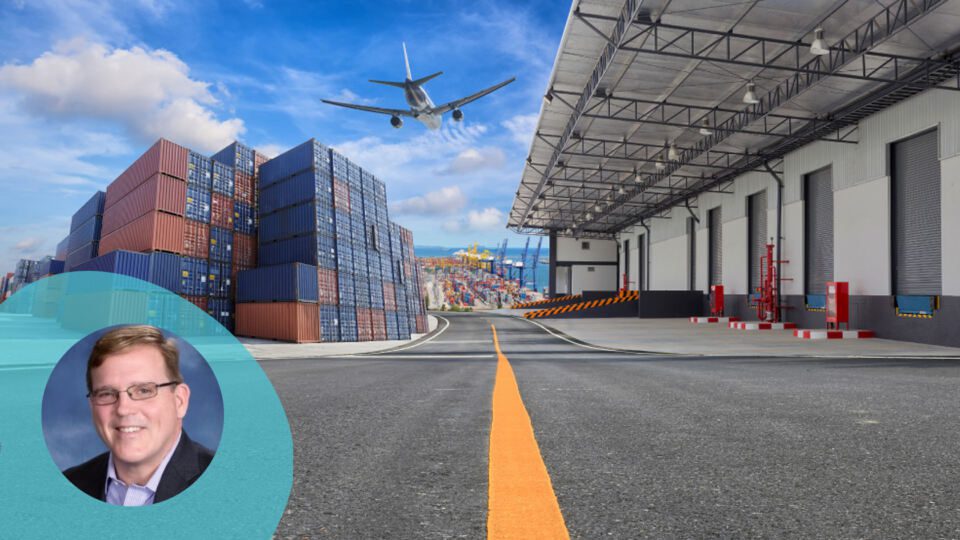COVID-19 helped boost online sales, increasing online retailers’ share of total retail sales from 16% to 19% in 2020 alone, according to an UNCTAD report. Given that the global ecommerce market totals $26.7 trillion, that is a significant leap.
But as ecommerce exploded, it also created substantial obstacles. The dramatic rise in ecommerce sales fueled heightened delivery demands slated to continue throughout 2022. From a revenue perspective, this is a substantial opportunity for retailers, but if not approached strategically, businesses could suffer long-term reputational and customer retention consequences.
Retailers with a finger on the pulse of consumer preferences and evolving delivery operations will be able to overcome 2022’s greatest ecommerce challenges and prime themselves for customer satisfaction and business success. To stay competitive in the coming year, ecommerce retailers must be prepared for the following five challenges:
1. Changing Consumer Demands
Largely driven by mega-retailers such as Amazon, Walmart and Target, consumers now expect faster deliveries than ever before. Same-day or next-day shipping has become the standard, with 30-minute deliveries rapidly rising in popularity. Retailers must adapt to meet shifting expectations or risk losing customers.
By adopting the right technology, retailers of all sizes can shrink delivery timelines and begin to offer delivery experiences at the speed of Amazon. Delivery management and logistics platforms need to offer smaller retailers access to route optimization, resource planning and machine learning capabilities that were once only available to those with larger networks and resources.
2. Supply Chain Visibility
Supply chains continue to become more complicated and harder to navigate. As a result, different parts of the supply chain have grown disjointed, impacting retailers’ ability to track orders in real time and provide excellent delivery experiences. With supply chain disruptions expected to continue well into 2022, challenges around visibility and overall delivery performance aren’t going anywhere.
To overcome this challenge, retailers must explore solutions offering increased parcel visibility, then leverage this visibility information to prepare for hurdles and quickly shift delivery strategies as needed. For example, using real-time visibility if a company determines that port congestion is leading to delays, they can reroute to a different port or speed up delivery by transferring the orders to air transport. Flexibility remains crucial.
When retailers achieve real-time package visibility internally and then share tracking information and accurate delivery notifications with customers, it has a direct positive impact on customer experience.
3. High Demand, Low Capacity
Labor shortages within the supply chain sector is a growing crisis. In the U.S. alone, the shipping and delivery industry needs approximately 80,000 more drivers. Companies are losing the manpower they require to fulfill increasing demand, meaning they need solutions allowing them to do more with less.
Route optimization proves a valuable tool for strapped businesses. The technology uses artificial intelligence and machine learning to increase the number of stops drivers can make in a day, while reducing miles driven overall.
To help lessen the impact of the tight labor market, shippers, carriers and retailers must also consider new employee benefits and outside-the-box recruitment and retention strategies. In addition, consistent communication with the customer and real-time updates are essential if labor shortages contribute to delivery delays.
4. Online Returns
Returns are always a cost driver for retailers, but they now cost more than ever due to supply chain challenges and inflation. Retailers should budget for increased returns costs in 2022, understanding that those costs also include distribution center workers and store employee wages.
The best way to ensure a bad product experience doesn’t impact brand loyalty and long-term recurring revenue comes from developing a seamless returns process. Brands should make sending purchases back as easy for the customer as possible and process refunds or exchanges within 30 days of purchase. In fact, 92% of customers will buy from a brand again if they have a good returns experience.
5. Sustainability
From first to last mile, the increase in online purchases creates a larger carbon footprint. Retailers cannot ignore their environmental impact, especially because pollution and carbon emissions now play a larger role in consumer purchasing decisions. To reduce their carbon footprint, retailers can invest in sustainable packaging, eco-friendly electric delivery vehicles and alternative fuel sources.
Additionally, delivery management platforms reducing miles driven and measuring carbon emissions make deliveries even more sustainable. They help reduce carbon emissions by tens of thousands of tons annually.
Paul Greifenberger is President of the Americas at FarEye, an intelligent delivery management platform provider. He has more than 30 years of experience in supply chain and logistics, having held positions most recently with Transvoyant and Vistaar Technologies. At FarEye, he strategizes supply chain demands and obstacles to find solutions for FarEye customers.




